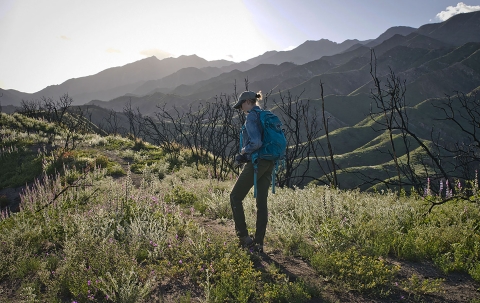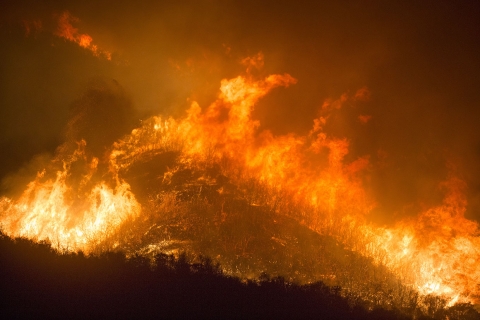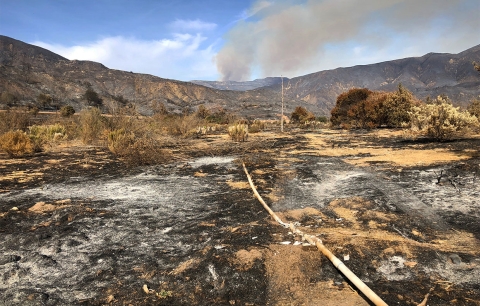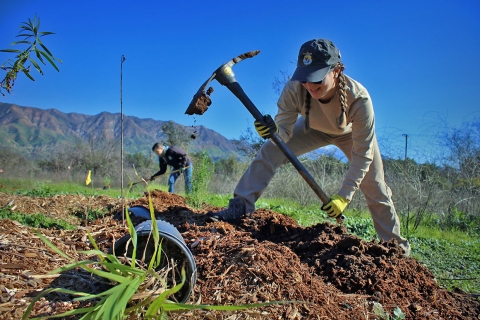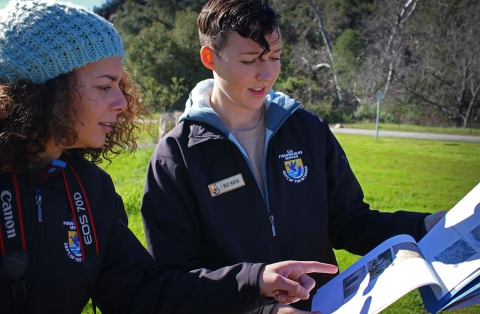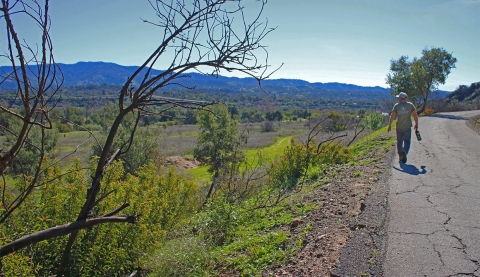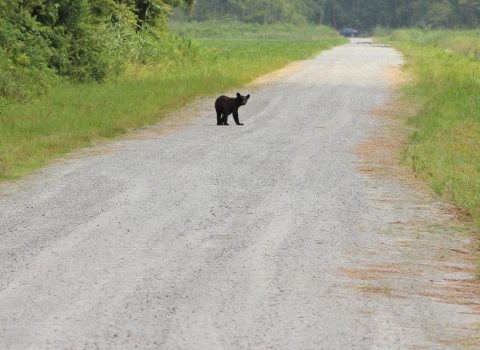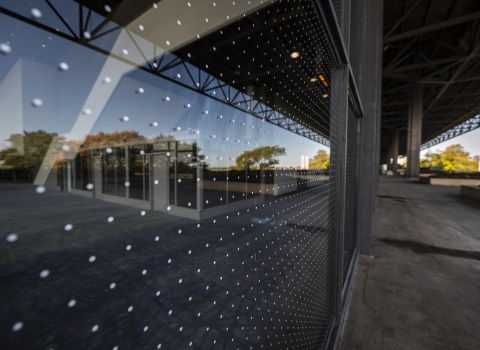By Hazel Rodriguez
Just two hours northwest of Los Angeles you’ll find a small city called Ojai. The perfect getaway from the hustle and bustle of big city life, Ojai provides urban professionals an escape to a picturesque valley backdropped by the Topatopa mountains.
A town like no other, it’s no surprise that many of those visitors end up living the rest of their lives here. The tight-knit community of artists, free spirits and outdoor enthusiasts take pride in their beloved town and local natural resources.
In December 2017, the largest wildfire in modern California history threatened the peaceful getaway. The Thomas Fire ravaged communities in Santa Barbara and Ventura counties, burning more than 280,000 acres. Encircled by raging flames, devastation of life and property threatened the small city.
Miraculously, Ojai remained mostly unscathed, thanks to firefighters from across the West, including Service fire personnel.
Just outside of town though, 1,500 out of 2,300 acres of Ojai Valley Land Conservancy’s open space was burned by the fire, including nearly 40 acres of newly planted oak trees, shrubs and grasses.
Nonnative plants on the property like yellow star thistle, black mustard, and fennel created the perfect fuel for the Thomas Fire to engulf the area in flames. Before the fire, the conservancy, a non-profit organization that works with partners to protect open space, wildlife, habitat and watersheds in the Ojai Valley, was actively working on a 36-acre restoration project to restore native habitat on land that was once an orange orchard.
From 2015-2017, the conservancy team restored the 36-acre orchard to native oak woodland savannah. They had installed oak nodes, an encircled cage to protect newly planted oaks, planted over 3,000 native plants, and installed a new irrigation system. Of the 36 acres that had underwent the restoration process, 29 were scorched by the Thomas Fire.
“One of the issues we have out here with restoration that is so tough is that there’s a lot of land to manage and a lot of weeds that need removal. It takes an army, and we were unable to remove a lot of weeds [before the fire,]” said Nathan Wickstrum, restoration field crew supervisor with the conservancy.
Devastated by the loss of habitat, plants, and time that went into restoring the preserve, the conservancy quickly shifted gears and received an overwhelming response from organizations and volunteers seeking to help.
“We recognized the huge impact the Thomas Fire had on the community,” said Mary Martin, a biologist with the Service’s Ventura office. She reached out to the conservancy to offer assistance with post-fire habitat restoration. “We collaborated and leveraged funding, and we were able to get this project off the ground.”
The Partners for Fish and Wildlife Program works with private landowners to implement voluntary habitat restoration projects on private lands for the benefit of fish, wildlife and plants through financial and technical assistance.
“California’s native vegetation is actually adapted to fire and can bounce back relatively quickly after these large scale events,” said Martin.
She’s hopeful that the conservancy’s efforts to restore the native habitat will bring back many of the native species that use adjacent lands.
“There are species in our watershed that have the opportunity to use this site as they’re moving to and from breeding sites.”
The conservancy will work with the Service to improve habitat for rare wildlife including least Bell’s vireo, southwestern willow flycatcher, California red-legged frog, western pond turtle and steelhead trout.
By the end of the year the conservancy hopes to see the area restored back to its native oak savannah habitat, with the newly installed plants flourishing.
Organizations involved in the restoration efforts of Ventura River Preserve include the California Wildlife Conservation Board, Ventura County, California State Coastal Commission, Patagonia, Natural Resources Conservation Services, Ojai Rotary, Federal Emergency Management Agency, volunteers and local schools.

